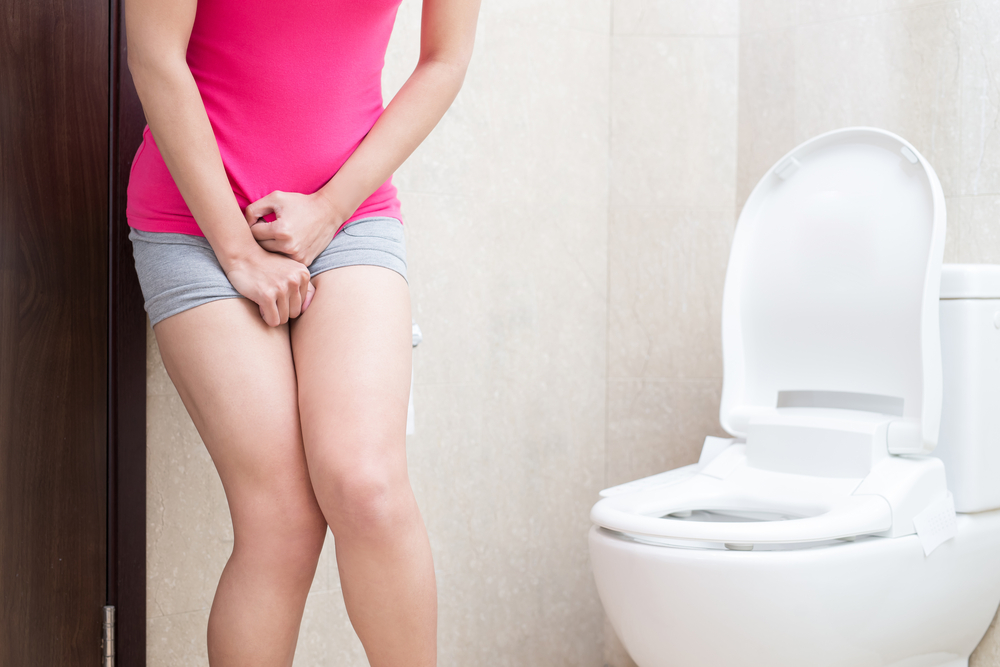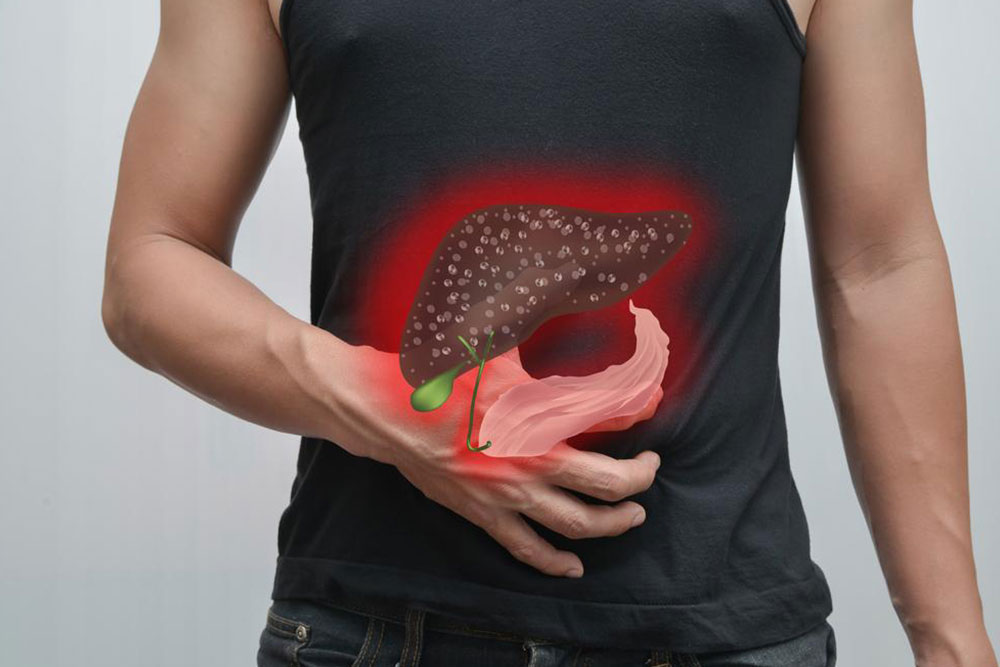Signs and Symptoms of Overactive Bladder You Should Know
Overactive bladder (OAB) causes frequent urges, leakage, and nocturia, impacting millions. It's common in women and seniors, often linked to age and health issues. Early medical consultation can aid in effective management and improve quality of life.

An overactive bladder (OAB) is characterized by a frequent and urgent need to urinate, often leading to multiple daily trips to the bathroom. Affecting over 33 million Americans, OAB is among the most prevalent urinary conditions. It can significantly impact daily life, causing emotional distress, anxiety, depression, and mood swings, which may result in sleep issues and other health problems. Common signs include a sudden, uncontrollable urge to urinate, frequent urination beyond eight times daily, involuntary urine leakage, leakage during physical activity, and nighttime urination (nocturia). These symptoms often worsen with age, and women, especially post-pregnancy, and the elderly are more vulnerable. Medical conditions like spinal injuries, Parkinson’s, diabetes, and urinary infections can also contribute to OAB. Consulting a healthcare professional is recommended for management and treatment. This condition can diminish quality of life, but proper medical guidance can help control symptoms and improve well-being.









